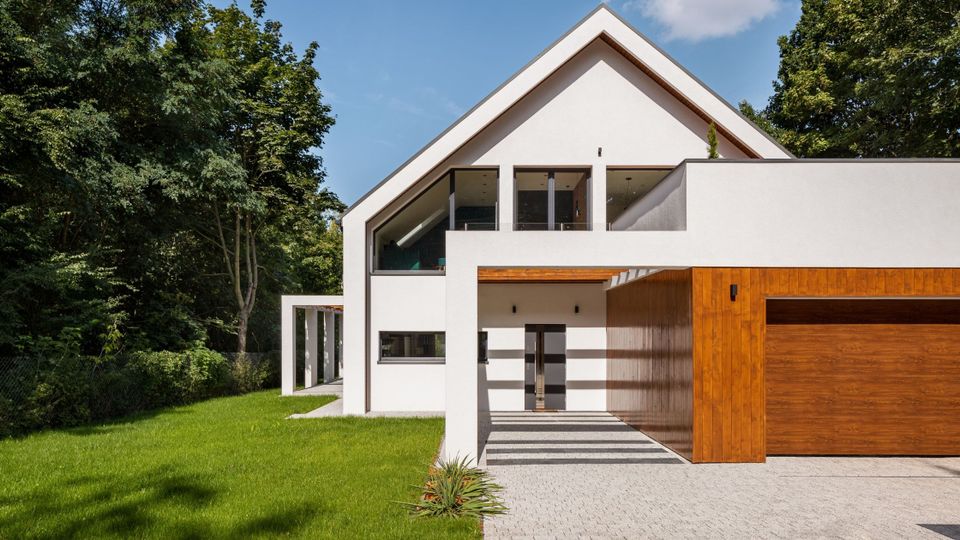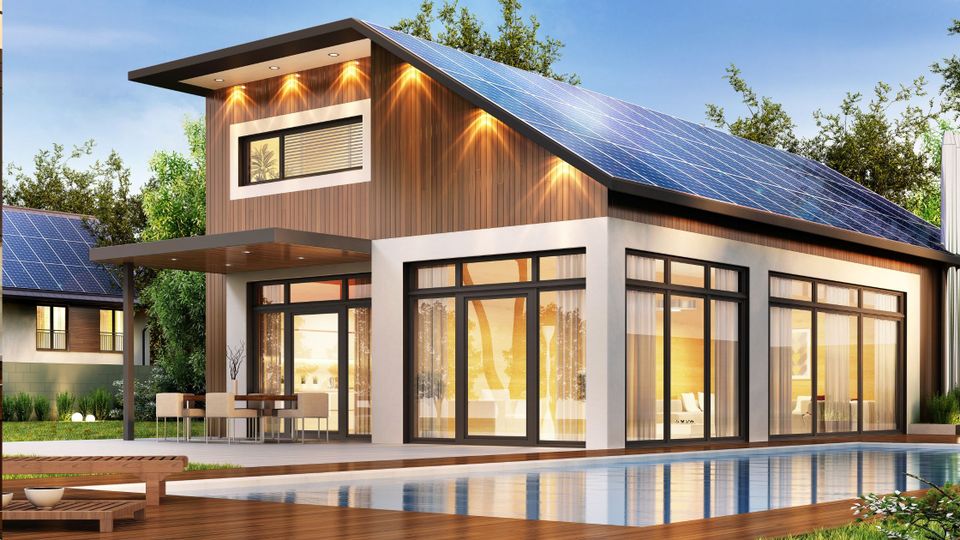

Reducing energy bills while keeping your home stylish is every homeowner’s dream. Energy-efficient roofing allows you to accomplish just that. With advancements in roofing materials and innovative designs, you can now enhance your roof's energy efficiency without sacrificing curb appeal. This guide explores the benefits of energy-efficient roofing, highlights key materials, and offers actionable insights to help you make the right choice for your home.
Why Choose Energy-Efficient Roofing?
A cool roof is more than just an aesthetic upgrade. It provides real savings by reducing energy consumption and supporting a sustainable future. Here’s why energy-efficient roofing deserves your attention:
Quick tip: A cool roof coating can enhance your existing roof’s efficiency by increasing solar reflectance index and reducing heat absorption.
- Save energy by lowering indoor cooling needs. Efficient roofs reduce the heat absorption, keeping spaces cooler.
- Lessen reliance on air conditioning, resulting in lower utility bills.
- Minimize power plant emissions by decreasing your overall energy consumption.
- Improve your home’s curb appeal with modern, stylish designs.
Quick tip: A cool roof coating can enhance your existing roof’s efficiency by increasing solar reflectance index and reducing heat absorption.
Benefits of Energy-Efficient Roofing
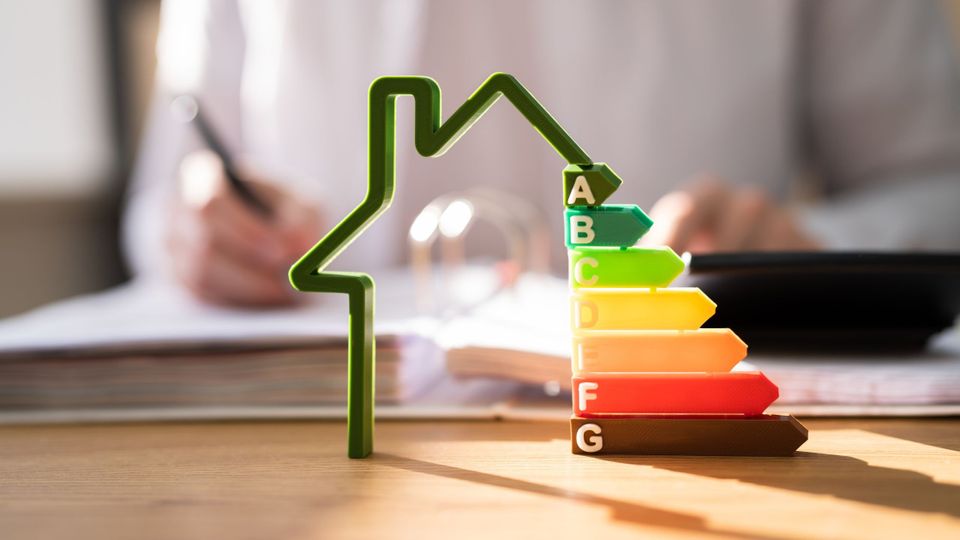
Lower Energy Bills
Installing an energy-efficient roof can drastically cut down energy costs. By reflecting the sun's energy and emitting cooler air, less heat transferred means your home requires less cooling during peak temperatures.
Reduced Environmental Impact
Efficient roofing materials, such as metal roofs, are often recyclable and reduce dependency on nonrenewable resources. They also lower urban heat island effects in crowded areas.
Enhanced Comfort
Energy-efficient features ensure your home stays cooler, creating a comfortable space. Proper ventilation and thermal properties ensure it emits hot air, keeping the temperature steady.
Increased Home Value
An energy-efficient home attracts buyers who value savings and sustainability. Upgrading to a cool roof adds long-term value while improving the curb appeal.
Choosing the Right Energy-Efficient Roofing Materials
1. Metal Roofs
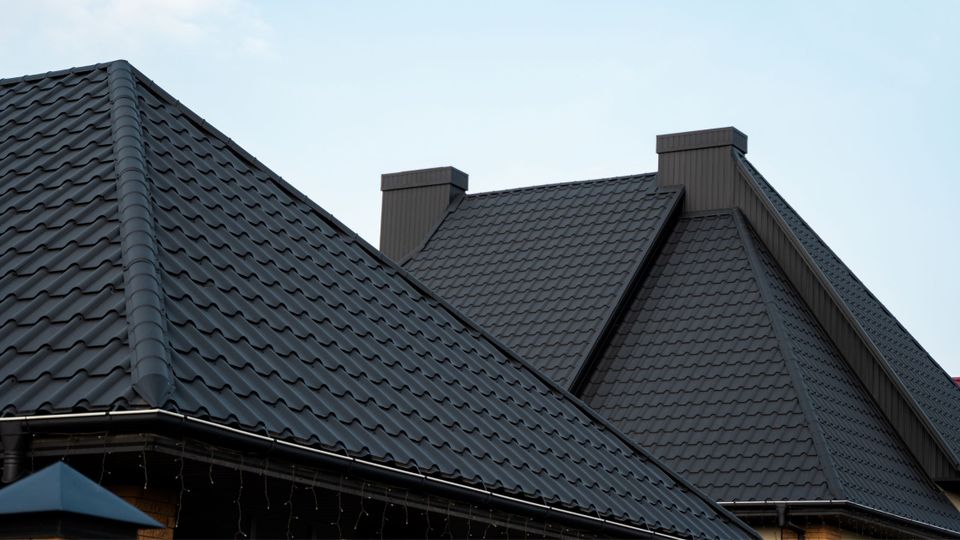
A metal roof is one of the most energy-efficient roof types available on the market today. It reflects more sunlight than traditional roofing materials, which helps reduce heat absorption and keeps your home cooler, especially during hot summer months. This reflective property, combined with high thermal emittance, makes metal roofs an excellent choice for reducing energy costs and improving overall home efficiency.
Metals like aluminum and steel are not only lightweight but also highly durable, often lasting 40-70 years with proper maintenance. They can withstand harsh weather conditions, including heavy rain, snow, and strong winds, making them ideal for various climates. Additionally, metal roofs are eco-friendly since they are often made from recycled materials and can be fully recycled at the end of their lifespan.
With their combination of durability, energy efficiency, and sustainability, metal roofs are an excellent investment for homeowners looking to upgrade their roofing system.
Did you know? Metal roofs combined with solar reflecting granules can further escalate energy performance, reducing reliance on energy-hogging HVAC systems.
Metals like aluminum and steel are not only lightweight but also highly durable, often lasting 40-70 years with proper maintenance. They can withstand harsh weather conditions, including heavy rain, snow, and strong winds, making them ideal for various climates. Additionally, metal roofs are eco-friendly since they are often made from recycled materials and can be fully recycled at the end of their lifespan.
With their combination of durability, energy efficiency, and sustainability, metal roofs are an excellent investment for homeowners looking to upgrade their roofing system.
Did you know? Metal roofs combined with solar reflecting granules can further escalate energy performance, reducing reliance on energy-hogging HVAC systems.
2. Asphalt Shingles
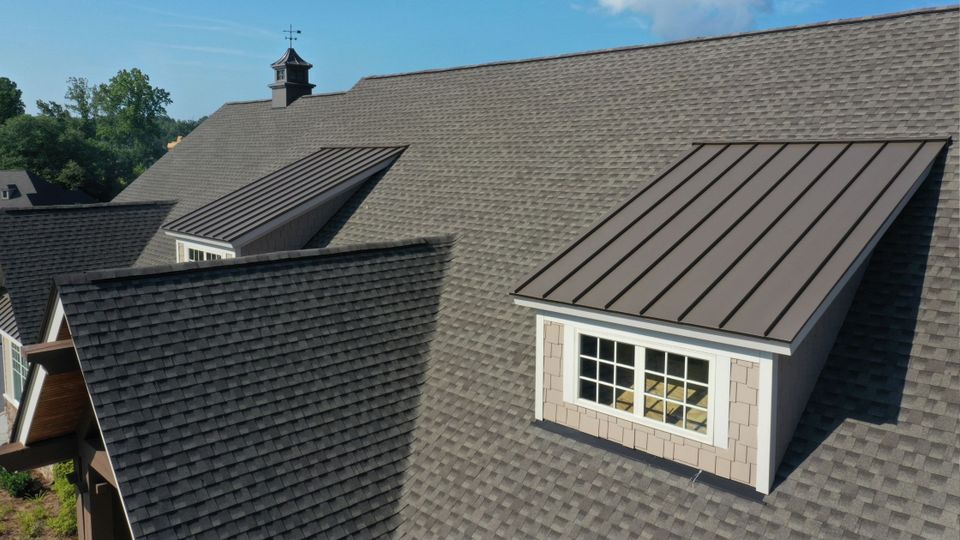
Asphalt shingles, a popular choice for traditional roofs, might not seem energy-efficient at first glance. However, recent advancements have significantly improved their performance, making them a strong contender for modern, energy-efficient roofing. Today’s asphalt shingle roofs can be designed with reflective granules that help reject solar heat, reducing the amount of heat absorbed by the roof and keeping your home cooler. These reflective properties contribute to lower energy usage, especially during hot summer months, by reducing the need for excessive air conditioning.
Additionally, asphalt shingles are affordable, widely available, and come in a variety of colors and styles to suit your home’s aesthetic, all while supporting energy efficiency. This versatility makes asphalt shingles a practical and cost-effective solution for homeowners looking to balance function and style.
Additionally, asphalt shingles are affordable, widely available, and come in a variety of colors and styles to suit your home’s aesthetic, all while supporting energy efficiency. This versatility makes asphalt shingles a practical and cost-effective solution for homeowners looking to balance function and style.
3. Clay Tiles and Concrete Tiles
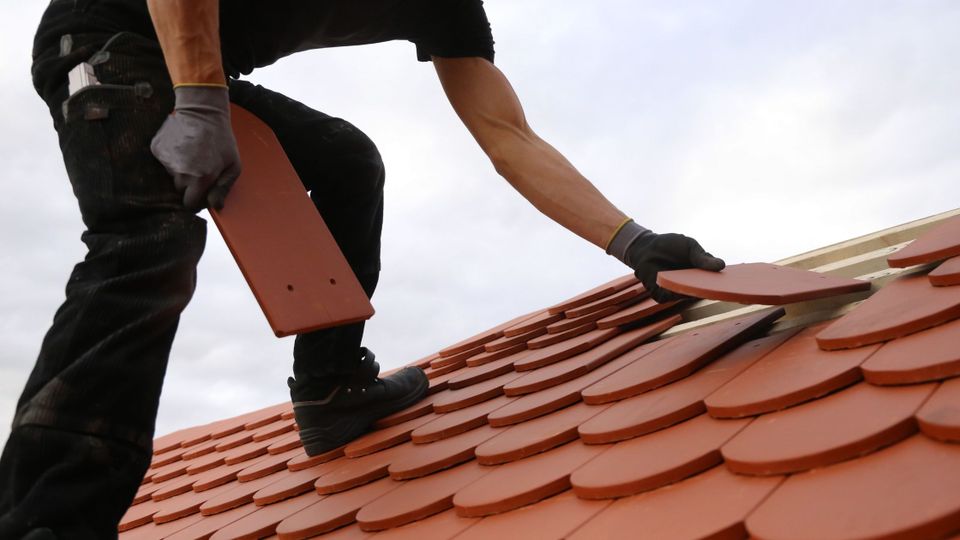
Clay tiles and concrete tiles are classic, durable roofing options that combine style with practicality. Both materials are known for their longevity, with clay tiles often lasting over 50 years and concrete tiles offering decades of reliable performance. Their natural composition makes them excellent at reflecting solar heat, reducing the amount of heat transferred into your home. This not only improves energy efficiency but also provides superior insulation, keeping your living spaces cooler in the summer and warmer in the winter.
Additionally, these tiles are highly resistant to fire, rot, and insects, making them a smart choice for homeowners seeking low-maintenance, environmentally friendly roofing solutions.
Additionally, these tiles are highly resistant to fire, rot, and insects, making them a smart choice for homeowners seeking low-maintenance, environmentally friendly roofing solutions.
4. Solar Shingles

Pairing solar shingles with a cool roof is a cutting-edge way to make your roof work harder for your home. Solar shingles not only generate renewable energy by capturing solar heat but also seamlessly integrate with the aesthetics of your roof. When combined with a cool roof, which reflects more sunlight and absorbs less heat, this innovative solution maximizes energy efficiency while reducing your home's reliance on the grid.
By harnessing this technology, homeowners can lower their energy bills, reduce their carbon footprint, and even increase the overall value of their property. Solar shingles are durable, weather-resistant, and designed to power your home sustainably, making them an excellent long-term investment.
By harnessing this technology, homeowners can lower their energy bills, reduce their carbon footprint, and even increase the overall value of their property. Solar shingles are durable, weather-resistant, and designed to power your home sustainably, making them an excellent long-term investment.
5. Green Roofs
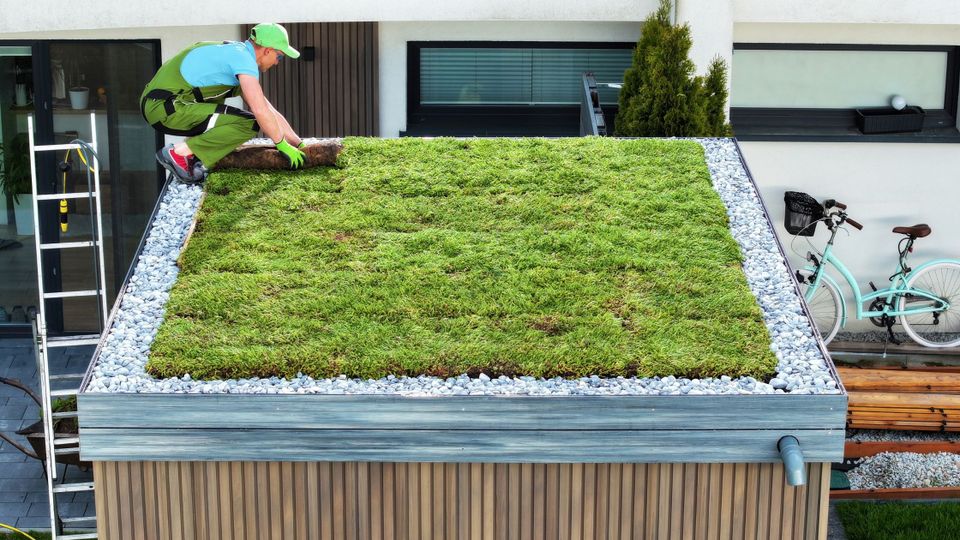
For those passionate about sustainability, green roofs offer an innovative way to enhance both your home and the environment. These roofs feature a layer of vegetation that not only reduces heat absorption but also improves insulation, helping to regulate indoor temperatures year-round. By lowering the amount of heat your home emits, green roofs actively combat the urban heat island effect—a growing issue in densely populated cities.
Beyond their functional benefits, green roofs are a visually appealing addition to any home, providing a natural, garden-like aesthetic. They also contribute to improved air quality, offer a habitat for wildlife, and help manage stormwater by absorbing rainfall. Whether you're aiming to lower energy costs, reduce your carbon footprint, or simply enjoy a unique and beautiful feature on your home, green roofs are an excellent choice for eco-conscious homeowners.
Beyond their functional benefits, green roofs are a visually appealing addition to any home, providing a natural, garden-like aesthetic. They also contribute to improved air quality, offer a habitat for wildlife, and help manage stormwater by absorbing rainfall. Whether you're aiming to lower energy costs, reduce your carbon footprint, or simply enjoy a unique and beautiful feature on your home, green roofs are an excellent choice for eco-conscious homeowners.
Roof Design Tips for Energy Efficiency
